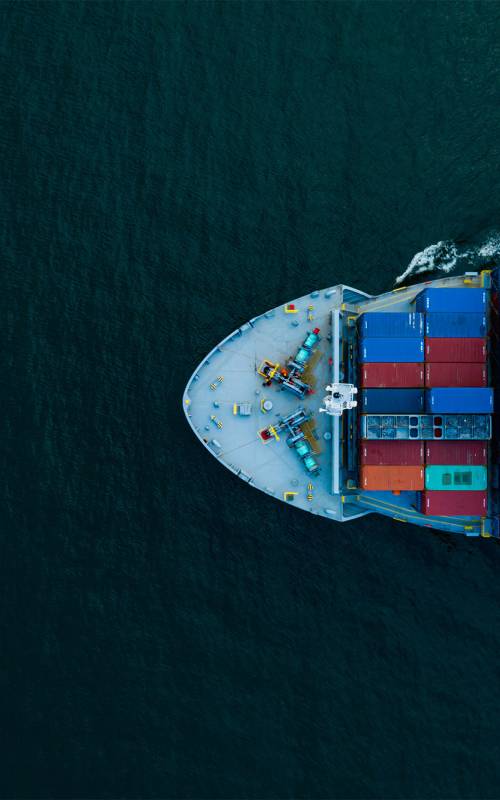Information on the transport of dangerous goods
The term dangerous goods covers all materials which, due to their properties, may become a danger to public safety and order during transport. Substances which may pose a threat to the health or life of humans or animals during transport are also covered by this term. One of the safety regulations relating to Dangerous goods transport requires the affixing of a so-called label. An orange and rectangular warning plate must be attached to the transport vehicle, which provides information on the composition of the materials in the transport. This information is intended to ensure that countermeasures can be taken quickly in the event of an accident.
Not every truck driver of a forwarder is authorised to carry out a transport of dangerous goods. Without restrictions, this is only possible through a five-year qualification and the associated acquisition of the ADR certificate. A special ADR certificate is also required for vehicles carrying dangerous goods. A forwarding agency dealing with this type of transport usually requires a dangerous goods officer. However, the Ordinance on Dangerous Goods Officers also provides for the possibility of exemptions.
A transport of dangerous goods can be carried out on land, by water or by air. Different criteria, including the distance between the starting point and destination, determine which transport route should be chosen for the respective dangerous goods. The Federal Institute for Risk Assessment (BfR) is responsible for the assessment of health hazards in Dangerous Goods Transport. Hazardous chemicals, for example, can be transported on almost all transport routes. In order to minimise health risks, the substances must be appropriately packaged. The logistics concept and traffic control must be consistent and quality monitoring must be seamless.
The safety regulations for the transport of dangerous goods as seafreight are intended to reduce the specific risks to people and the environment. Transports of dangerous goods to North and North-East Europe are often carried out by ferries, the so-called RoRo ships. Particularly high risks can arise in the case of joint transport of dangerous goods and passengers. Precautions should be taken to ensure the protection of passengers when such cargo is transported by sea. The BFR pays particular attention to fumigated cargoes when transporting dangerous goods by sea. For reasons of hygiene, many goods are prepared with toxic gases. This process increases the risk of health hazards and these must be counteracted accordingly.



